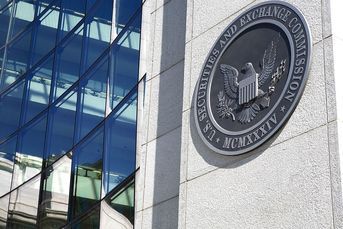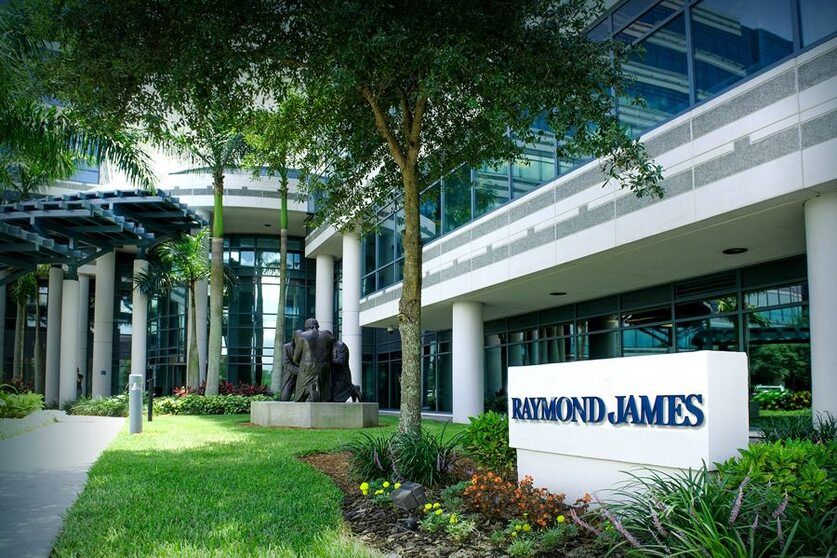With margins crashing, broker-dealers look to merge: report
Increased regulation is straining profit margins among broker-dealers, sending many of them into the arms of their bigger brethren.
As operating margins of independent broker-dealers have crashed over the last decade, two types of business models have emerged as the industry steadily consolidates: large firms with scale and smaller, more focused firms serving a niche.
That’s one of the main conclusions from a new report released today by Fidelity Investments, which drew upon interviews with industry leaders participating in broker-dealer and registered investment adviser mergers and acquisitions.
The past decade has been a long slog for independent broker-dealers, according to the report titled, Fidelity Wealth Management M&A Series: Insights from Independent Broker-Dealers.
The number of IBDs has declined 28%, with 904 open for business in 2015, compared to 1,255 such firms that were up and running in 2005. And with increased regulation pressuring profits, broker-dealer operating margins dropped from 12% in 2006 to just 3% in 2016, according to Fidelity Clearing & Custody Solutions, the business division that completed the research for the report.
(More: Thinking about M&A? Keep these three issues in mind)
At the start of the year, industry executives and consultants said they believed more consolidation was coming. Independent brokers have seen margins compress steadily since the credit crisis, as record-low interest rates ate into their bottom lines. New regulations have hampered the sale of high commission products such as nontraded real estate investment trusts and variable annuities, further increasing the pressure on firm finances.
Large firms, those with 1,000 or more brokers and advisers, have several advantages in the current market, the report said. They can use acquisitions as a complement to recruiting and can lure smaller broker-dealers to drop their registration with the Financial Industry Regulatory Authority Inc. and become a branch, or super OSJ, according to the Fidelity report.
The current emphasis of complying with the Department of Labor’s fiduciary rule and maintaining an open platform of products are other advantages that large firms have over smaller players.
Meanwhile, niche firms have several advantages of their own. They can focus on a distinct business plan, offer advisers greater flexibility and independence, and also look for ways to boost adviser productivity to sustain healthy margins, the report said.
This year has so far seen five deals involving independent broker-dealers with $136 billion in assets changing hands, with LPL Financial’s acquisition in August of the four firms in the National Planning Holdings network being the largest by far. Advisers with the NPH broker-dealers manage approximately $120 billion.
That compares to $80 billion of assets spread across 82 mergers and acquisitions among RIAs, and tracked by Fidelity so far this year.
(More: Private equity investors zero in on the RIA business)
“There are many emerging multibillion-dollar RIA firms, but they are still far behind the significant scale of the largest independent broker-dealers, which have substantial assets and adviser bases,” said Scott Slater, vice president, practice management and consulting, Fidelity Clearing & Custody Solutions, in a statement. “So, while we are seeing fewer IBD deals compared to RIA deals, those that are taking place are significant, both in size and in how they are creating innovative business options and platforms for advisers.”
However, independent broker-dealers clearly lag RIAs in one key area: adviser productivity. Indeed, lower productivity of advisers at IBDs compared to other business channels strains firms’ profits, according to the report.
The average assets per IBD adviser, excluding those affiliated with insurance company broker-dealers, are $32.9 million, whereas advisers at independent RIAs on average are handling clients with total assets twice that amount, about $66.6 million.
Learn more about reprints and licensing for this article.








